Simply put, digital inclusion is about ensuring everyone has equal access to benefit from the opportunities of the digital world. Bridging the gap between those who can easily access and navigate the online landscape, and those who are left behind.
Think of children who can’t join online classes because they lack a computer or internet access, or elderly people struggling to connect with loved ones on video calls. Picture rural communities isolated from information and services available only online. These are just a few examples of the very real impact being digitally excluded can have.
The importance of being online
In today’s ever-connected world, having access to the internet is the key to unlocking countless possibilities. Some include:
 Education and learning: Digital inclusion opens doors to online courses, educational resources, and interactive learning platforms. It grants access to knowledge regardless of location or limitations, empowering individuals to pursue their educational goals and expand their horizons.
Education and learning: Digital inclusion opens doors to online courses, educational resources, and interactive learning platforms. It grants access to knowledge regardless of location or limitations, empowering individuals to pursue their educational goals and expand their horizons.- Employment and careers: In today’s job market, digital skills are essential. Job applications, professional networks, and remote work opportunities often exist solely online. Being digitally included equips individuals with the tools and skills to access these opportunities, leading to better career prospects, financial independence, and a sense of accomplishment.
- Healthcare and wellbeing: Accessing online consultations with doctors, receiving healthcare advice instantly, and managing medical appointments with ease, should be available to all. Being online connects individuals to vital healthcare resources, allowing them to take charge of their well-being and receive the care they need when they need it.
- Social connection and belonging: Video calls with friends and family across the globe, joining online communities with shared interests, and participating in virtual events are just some of the social aspects of the internet. Being digitally included bridges physical distances and builds a sense of connection and belonging, combating isolation and fostering social support networks.
- Creativity and expression: With an audience of billions being online allows people to share their art, music, or writing with the world, collaborate with others on creative projects, and access a vast library of inspiring content. The internet unlocks a realm of creative expression, encourages individuals to share their talents, and fosters a vibrant online community of imagination and innovation.
How can people help end digital exclusion?
Ending digital exclusion is no small feat. It demands collaboration, resources, and a genuine desire to build a more inclusive digital world. Here are some ways we can all contribute:
- Supporting initiatives: Back organisations working towards digital inclusion and advocate for policies that bridge the digital divide.
- Sharing knowledge: Teach digital skills to those around you, offer patience and support, and empower others to embrace the online world.
- Creating accessible content: Design websites and online resources with everyone in mind, ensuring they are user-friendly and accessible to individuals with diverse abilities.
- Raising awareness: Talk about digital inclusion, break down stereotypes, and challenge misconceptions about technology and its accessibility.
Digital inclusion isn’t just about technology; it’s about building a world where everyone can thrive. By working together we can create a brighter, more connected future for all.
